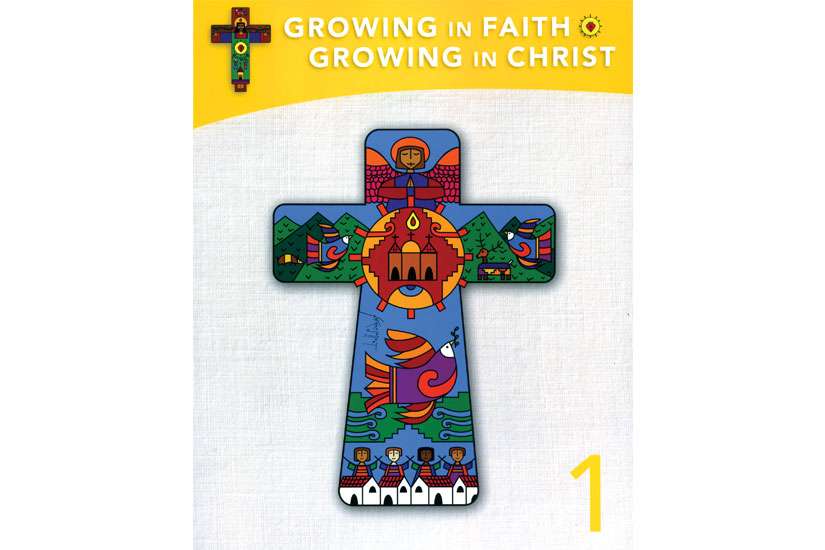Beginning with Grades 1 and 2 this fall, Catholic schools in most of English-speaking Canada will have a new bishop-approved program available for religious education. The Growing in Faith Growing in Christ series will eventually cover Grades 1 through 8, replacing the Born of the Spirit books last updated in 1996 by the publication service of the Canadian Conference of Catholic Bishops.
This time the Ontario bishops went to one of the largest educational publishers in the world to develop a classroom experience that goes beyond textbooks and worksheets. The new series includes web portals, interactive and clickable exercises for use on modern whiteboards and tablets, plus DVDs, CDs and classroom posters.
“We’re at an exciting time in publishing with the transition to digital,” said Carol Stokes, Pearson Education religion publisher. “We realize that school boards are at different stages along that continuum, so Growing in Faith Growing in Christ has been built to meet the needs of school boards at all stages of the digital continuum. Some will be print-based and others will be fully digital — no print at all.”
It was important to the bishops that the faith be presented to today’s pupils in the world in which they live — on their tablets and computers as well as in books, said St. Catharines Bishop Gerard Bergie, who supervised the project on behalf of the Association of Catholic Bishops of Ontario.
“It was felt it needed to be updated,” said Bergie. “The genesis for this was simply using the best practice of pedagogy and certainly reviewing and reflecting upon the way children learn today. Certainly new technology is a way that they learn.”
In part the bishops needed a new program because the national Office for Religious Education wasn’t going to be printing any new catechisms. But the bishops also felt they needed to adapt the program to new realities of family life.
Where the old religion program assumed children would learn their prayers and participate in devotional practices at home, the new program begins at ground zero.
“The older catechism was predicated on an understanding that parents were going to be the first educators of faith and that this catechetical series would be there to enhance whatever went on in the home,” said Bergie. “I think we realize today that many parents do not pass on the faith to their children. In fact, some would even argue that’s why they send their children to a Catholic school — so they will learn the faith, just like they learn math and science and all the other subjects.”
The bishops have heard their share of worries from parents and grandparents that kids today aren’t learning the components of Catholic faith and practice that build up a Catholic identity. So this time around there’s more emphasis on memory work, ensuring kids can recite a range of prayers, name the Ten Commandments and other basics, Bergie said.
The new program has been approved and endorsed by the bishops in Alberta, Saskatchewan and the Northwest Territories, as well as Ontario.
The publishing process began with a new set of comprehensive curriculum expectations and guidelines for Ontario published in 2012. The Grade 1 print components are available now with the digital version coming out in August. Grade 2 print materials will be ready to order in August with the digital material available in December. Pearson will publish two grades per year, pending approval from Ontario’s bishops at their annual spring and fall plenary meetings. The whole series will be available by December of 2018.
At about $2,100 per classroom, the program is actually a bargain, argues Stokes. Other core curriculum subjects, such as literacy (reading and writing) can cost as much as $4,000 a year per classroom. And those teaching materials are updated far more often than once every 20 years, she points out.
American religion class programs that rely on one-time-use workbooks can cost well over $4,000 per classroom, according to Stokes.
Bergie is particularly pleased by how the new program supports teachers.
“It really helps them to understand that they are not only the teacher, but at this moment they are also the catechist and they need to rely on God,” the bishop said. “They also have to have an understanding of the faith so that they can pass it on.”
Prayers written specifically for the teachers are incorporated into lesson plans.
Growing in Faith Growing in Christ also does more to assess how much students are learning.
“That’s very tricky, also, how you assess faith” said Bergie. “But I think you can assess knowledge — whether they know their prayers, whether they know the Ten Commandments, things of that nature.”


